Home>Furniture>Outdoor Furniture>How Do I Adjust Patio Doors
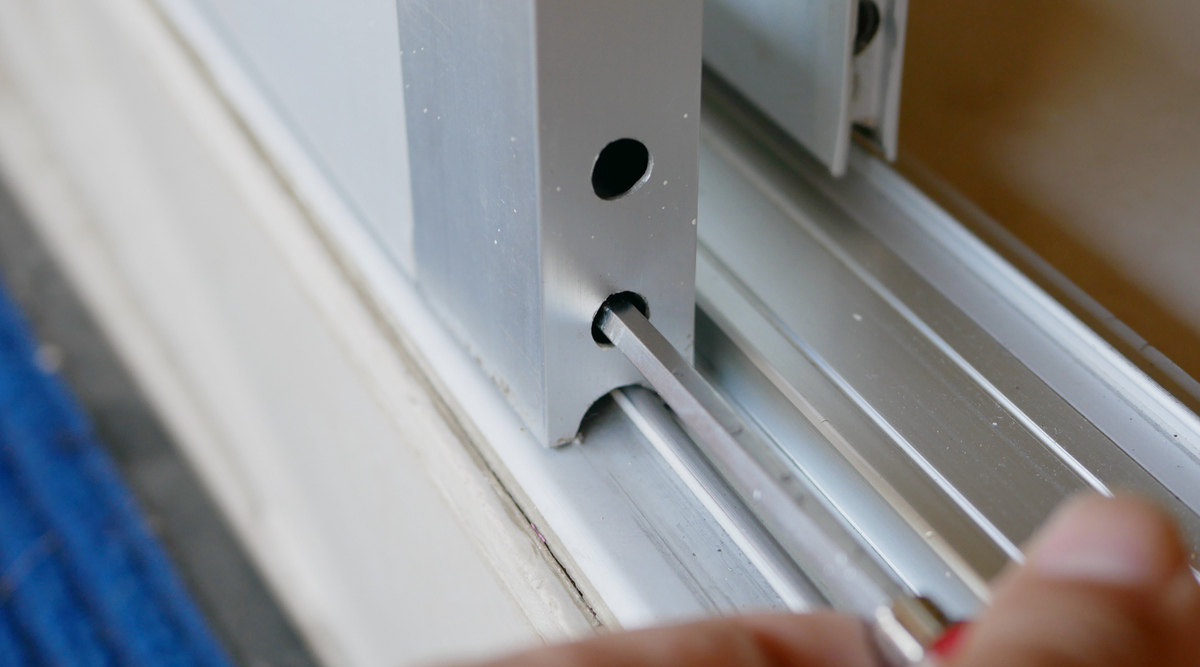

Outdoor Furniture
How Do I Adjust Patio Doors
Modified: March 7, 2024
Learn how to adjust your patio doors to ensure smooth operation and maximize the lifespan of your outdoor furniture. Indoor-outdoor living has never been easier with these easy-to-follow tips and tricks.
(Many of the links in this article redirect to a specific reviewed product. Your purchase of these products through affiliate links helps to generate commission for Storables.com, at no extra cost. Learn more)
Introduction
Outdoor furniture is a vital component of any backyard or patio. It not only provides a functional and comfortable space for relaxing and entertaining but also adds aesthetic appeal to your outdoor setting. When it comes to selecting outdoor furniture, there are various options available, ranging from stylish dining sets to cozy loungers and versatile patio umbrellas.
However, simply purchasing outdoor furniture is not enough. To ensure its longevity and optimal performance, proper care and maintenance are essential. One of the key aspects of outdoor furniture maintenance is adjusting patio doors. Patio doors are an integral part of outdoor spaces, allowing for seamless access between the indoors and outdoors.
Over time, patio doors may require adjustments due to factors such as changes in weather, settling of the house, or normal wear and tear. If left unaddressed, misaligned or poorly functioning patio doors can lead to issues such as drafts, difficulty in opening or closing, and compromised security.
In this article, we will guide you through the process of adjusting patio doors to ensure they operate smoothly and efficiently. We will discuss the tools required and provide step-by-step instructions on cleaning and maintenance, adjusting the rollers, fixing loose hinges, lubricating the tracks, and testing the patio doors.
By following these adjustment techniques, you will be able to maintain the functionality and longevity of your patio doors, enhancing your overall outdoor experience.
Key Takeaways:
- Keep your patio doors in top condition by following these simple steps: clean and maintain, adjust rollers and height, fix loose hinges, lubricate tracks, and test functionality.
- Regular maintenance and adjustments ensure smooth operation, security, and aesthetics of your patio doors, enhancing your outdoor living experience.
Read more: How To Adjust A Patio Screen Door
Tools Required
Before diving into the process of adjusting patio doors, it is important to gather the necessary tools to make the job easier and more efficient. Here is a list of tools you will need:
- Screwdriver: A screwdriver will be required to tighten or loosen screws on the patio door frame, hinges, and rollers.
- Adjustable Wrench: An adjustable wrench is useful for adjusting nuts and bolts on the door hardware.
- Level: A level will help you determine whether the patio door is properly aligned.
- Lubricant: A silicone-based lubricant is ideal for lubricating the tracks and rollers of the patio door.
- Clean Cloth: A clean cloth or rag will be needed for cleaning and wiping down the patio door.
Having these tools on hand will ensure that you are well-equipped to make the necessary adjustments to your patio doors.
Step 1: Cleaning and Maintenance
Before you begin adjusting your patio doors, it is important to start with a clean and well-maintained surface. This will ensure that the adjustments are made effectively and that the doors operate smoothly.
Here are the steps to follow for cleaning and maintaining your patio doors:
- Remove any dirt or debris: Use a brush or vacuum cleaner to remove any dirt, dust, or debris from the tracks, rollers, and hinges of the patio doors. This will prevent any obstructions that could affect the door’s functionality.
- Clean the tracks: Use a damp cloth or sponge to clean the tracks of the patio doors. Remove any built-up dirt, grime, or residue that may be hindering the smooth movement of the door. If needed, use a mild detergent or cleaner specifically designed for the material of your patio doors.
- Inspect the weatherstripping: Check the condition of the weatherstripping around the door frame. Replace any worn-out or damaged weatherstripping to prevent drafts and improve energy efficiency.
- Tighten loose screws: Carefully inspect all the screws on the door frame, hinges, and rollers. If you notice any loose screws, tighten them using a screwdriver or adjustable wrench.
By regularly cleaning and maintaining your patio doors, you can prevent debris buildup, ensure smooth operation, and extend the lifespan of the doors.
Step 2: Adjusting the Rollers
Rollers play a crucial role in the smooth functioning of patio doors. If the rollers are misaligned or damaged, it can result in difficulty in opening and closing the doors. In this step, we will guide you on how to adjust the rollers to improve the operation of your patio doors.
Follow these steps to adjust the rollers:
- Locate the adjustment screws: Look for the adjustment screws located on the bottom or sides of the patio door. These screws are used to adjust the height and alignment of the rollers.
- Mark the current position: Before making any adjustments, use a marker or tape to mark the current position of the adjustment screws. This will help you remember the original position in case you need to revert the changes.
- Loosen the adjustment screws: With a screwdriver or adjustable wrench, carefully loosen the adjustment screws. Be cautious not to remove the screws completely, as you will need to tighten them later.
- Adjust the height: To raise the patio door, turn the adjustment screws clockwise. To lower the patio door, turn the adjustment screws counterclockwise. Make small adjustments at a time and test the door’s movement after each adjustment.
- Test the door’s movement: Open and close the patio door to ensure that it moves smoothly along the tracks. If the door still doesn’t operate properly, make further adjustments to the roller height until the desired functionality is achieved.
- Tighten the adjustment screws: Once you have adjusted the rollers to the desired position, use a screwdriver or adjustable wrench to tighten the adjustment screws. Make sure they are secured in place but avoid overtightening to prevent damage to the rollers or door frame.
By adjusting the rollers, you can eliminate issues such as sticking or dragging doors and ensure that your patio doors slide effortlessly along the tracks.
Step 3: Adjusting the Height
In addition to adjusting the rollers, properly aligning the height of your patio doors is crucial for smooth operation and a secure fit. This step will guide you through the process of adjusting the height of your patio doors.
Follow these steps to adjust the height of your patio doors:
- Identify the height adjustment screws: Look for the screws located on the sides or top of the patio door frame. These screws are used to raise or lower the height of the door.
- Mark the current position: Before making any adjustments, mark the current position of the height adjustment screws using a marker or tape. This will allow you to revert to the original position if needed.
- Loosen the height adjustment screws: Use a screwdriver or adjustable wrench to carefully loosen the height adjustment screws. Ensure that they are loose enough to allow for adjustment but not completely removed.
- Adjust the height: To raise the door, turn the height adjustment screws clockwise. To lower the door, turn the screws counterclockwise. Make gradual adjustments, testing the door’s movement after each adjustment.
- Check for even alignment: As you adjust the height, keep an eye on the overall alignment of the door. Ensure that the door is level and sits evenly in the frame. This will prevent any gaps or uneven contact when the door is closed.
- Tighten the height adjustment screws: Once you have achieved the desired height, use a screwdriver or adjustable wrench to tighten the height adjustment screws. Ensure that they are securely fastened but avoid overtightening.
By adjusting the height of your patio doors, you can improve their functionality, prevent drafts, and enhance the overall appearance of your outdoor space.
To adjust patio doors, first check for any debris or obstructions in the track. Then, use a screwdriver to adjust the rollers at the bottom of the door to ensure it is level and slides smoothly.
Read more: How To Adjust An Andersen Sliding Patio Door
Step 4: Fixing Loose Hinges
Loose hinges can cause your patio doors to sag, resulting in misalignment and difficulty in opening and closing. In this step, we will guide you on how to fix loose hinges to ensure the proper function and stability of your patio doors.
Follow these steps to fix loose hinges:
- Inspect the hinges: Carefully examine the hinges attached to the door frame and the door itself. Look for any visible signs of looseness, such as gaps between the hinges and the frame or door.
- Tighten the screws: Using a screwdriver or an adjustable wrench, tighten the screws on the hinges. Start with the loosest hinge and gradually work your way through the other hinges. Make sure to tighten the screws enough to secure the hinges but avoid overtightening, as this can strip the screws or damage the hinge or door.
- Check for alignment: Once you have tightened the screws, check the alignment of the patio doors. Close and open the doors to ensure that they operate smoothly without rubbing or sticking. If necessary, make minor adjustments to the hinge screws to achieve proper alignment.
- Replace worn-out hinges: If tightening the screws does not resolve the issue, it may be necessary to replace worn-out hinges. Consult with a professional or a hardware store to find the appropriate hinges for your patio doors.
By fixing loose hinges, you can prevent door misalignment and ensure that your patio doors operate smoothly and securely.
Step 5: Lubricating the Tracks
Proper lubrication of the tracks is essential for the smooth operation of your patio doors. Over time, dirt and debris can accumulate in the tracks, leading to friction and difficulty in opening or closing the doors. This step will guide you on how to effectively lubricate the tracks of your patio doors.
Follow these steps to lubricate the tracks:
- Clean the tracks: Before applying any lubricant, make sure to clean the tracks of any dirt, debris, or built-up residue. Use a cloth or a soft brush to remove any obstructions that could hinder the movement of the doors.
- Select the lubricant: Choose a silicone-based lubricant specifically designed for use on tracks and rollers. Silicone lubricants are ideal as they provide long-lasting lubrication, are resistant to dirt buildup, and do not attract dust.
- Apply the lubricant: Apply a small amount of the silicone lubricant along the length of the tracks. Use a cloth or your fingers to spread the lubricant evenly on the track surfaces. Be cautious not to apply too much lubricant, as it can lead to excess buildup and attract more dirt.
- Operate the doors: After applying the lubricant, open and close the patio doors several times to distribute the lubricant evenly along the tracks. This will ensure that the lubricant reaches all the critical areas and provides optimal smoothness.
- Remove excess lubricant: Use a clean cloth to wipe away any excess lubricant that may have accumulated on the tracks or rollers. This will prevent it from dripping onto the floor or attracting dirt.
By regularly lubricating the tracks of your patio doors, you can reduce friction, minimize wear and tear, and ensure that your doors glide effortlessly along the tracks.
Step 6: Testing the Patio Doors
After adjusting and lubricating your patio doors, it is crucial to test their functionality to ensure that the adjustments and maintenance have been successful. This final step will guide you on how to properly test your patio doors for smooth operation and optimal performance.
Follow these steps to test your patio doors:
- Open and close the doors: Gently open and close the patio doors multiple times to check for smooth and effortless movement. Pay attention to any resistance, dragging, or sticking as you operate the doors.
- Check the alignment: While opening and closing the doors, observe their alignment with the door frame. Ensure that the doors are properly aligned and sit evenly in the frame without any gaps or misalignments.
- Test the locking mechanism: Engage the locking mechanism of your patio doors to confirm that it functions correctly. Ensure that the doors securely latch and lock in place.
- Listen for any unusual sounds: As you operate the doors, listen for any unusual sounds such as squeaking, grinding, or scraping. These sounds may indicate that further adjustments or maintenance are required.
- Inspect the weatherstripping: Check the condition of the weatherstripping around the door frame. Verify that it provides a tight seal when the doors are closed, preventing drafts and enhancing energy efficiency.
By testing your patio doors, you can ensure that they operate smoothly, provide proper security, and contribute to an enjoyable outdoor living experience.
Conclusion
Adjusting and maintaining your patio doors is crucial for maintaining their functionality, improving security, and enhancing the overall aesthetics of your outdoor space. By following the steps outlined in this guide, you can ensure that your patio doors are in optimal condition and provide seamless access between your indoor and outdoor areas.
From cleaning and maintenance to adjusting the rollers, height, and hinges, each step plays a vital role in ensuring the smooth operation of your patio doors. Regularly checking and lubricating the tracks, as well as testing the doors’ functionality, will help identify any issues and prevent further damage.
Remember to gather the necessary tools, take your time with each adjustment, and make small, gradual changes to achieve the desired results. If you encounter any challenges or if the adjustments seem too complex, it is always advisable to seek the assistance of a professional.
By taking care of your patio doors and conducting regular maintenance, you can prolong their lifespan, enhance your outdoor living experience, and create a welcoming and functional space for gatherings, relaxation, and enjoyment.
Frequently Asked Questions about How Do I Adjust Patio Doors
Was this page helpful?
At Storables.com, we guarantee accurate and reliable information. Our content, validated by Expert Board Contributors, is crafted following stringent Editorial Policies. We're committed to providing you with well-researched, expert-backed insights for all your informational needs.
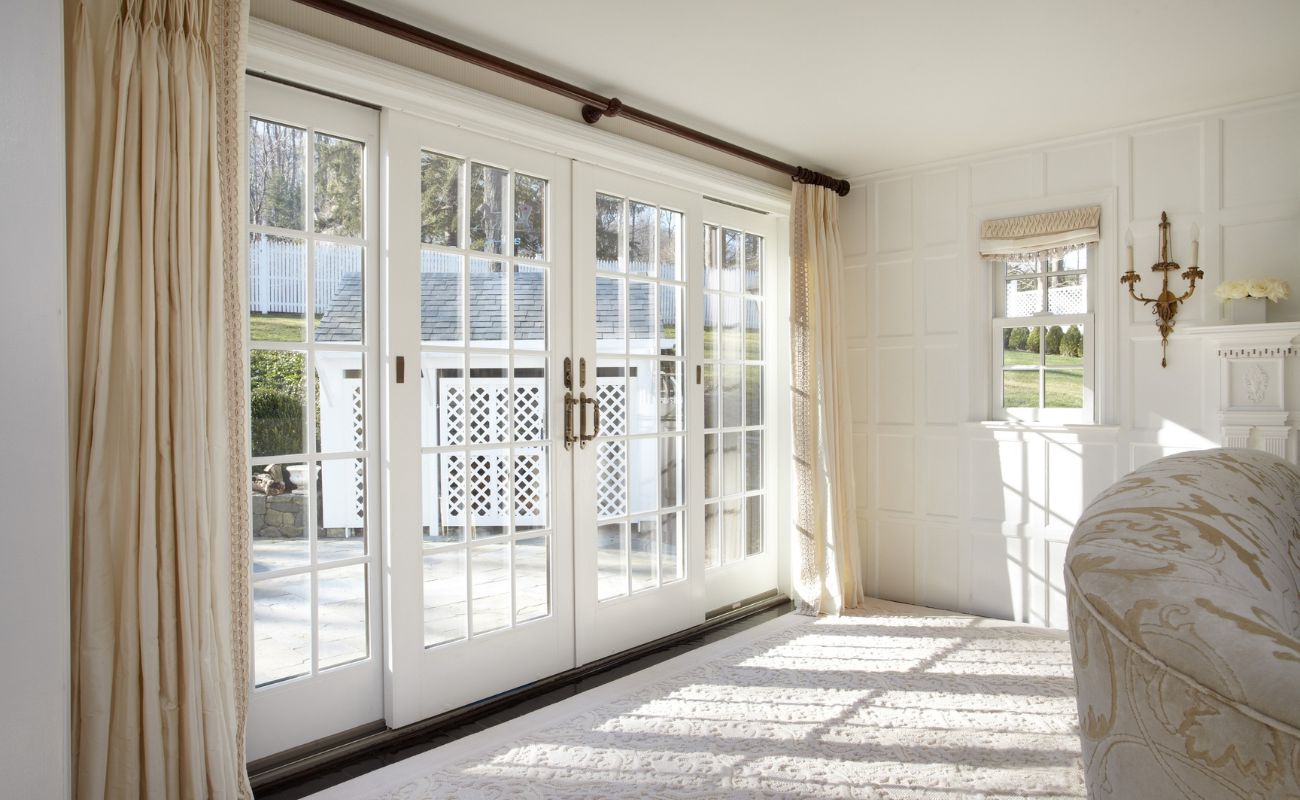

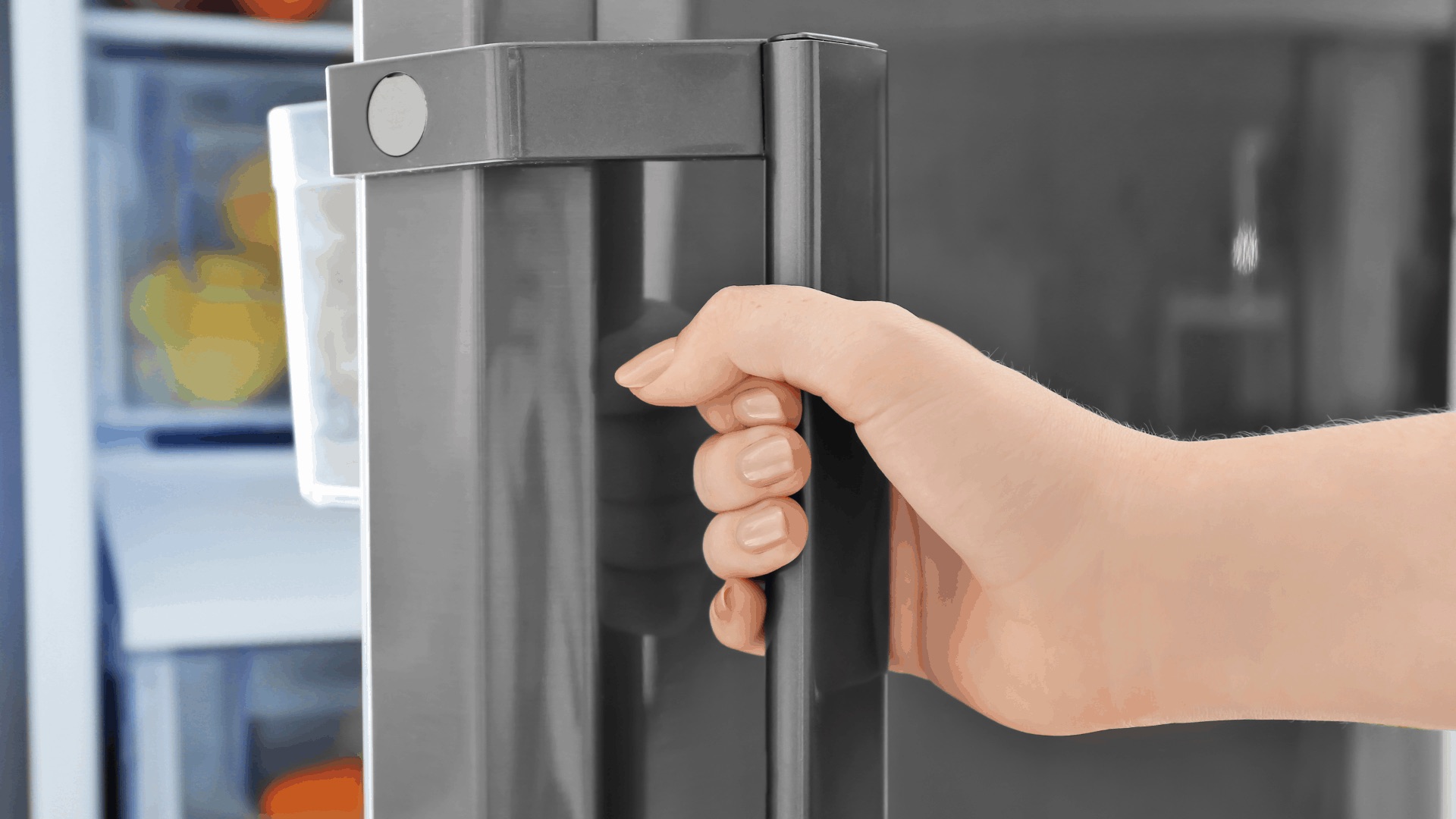
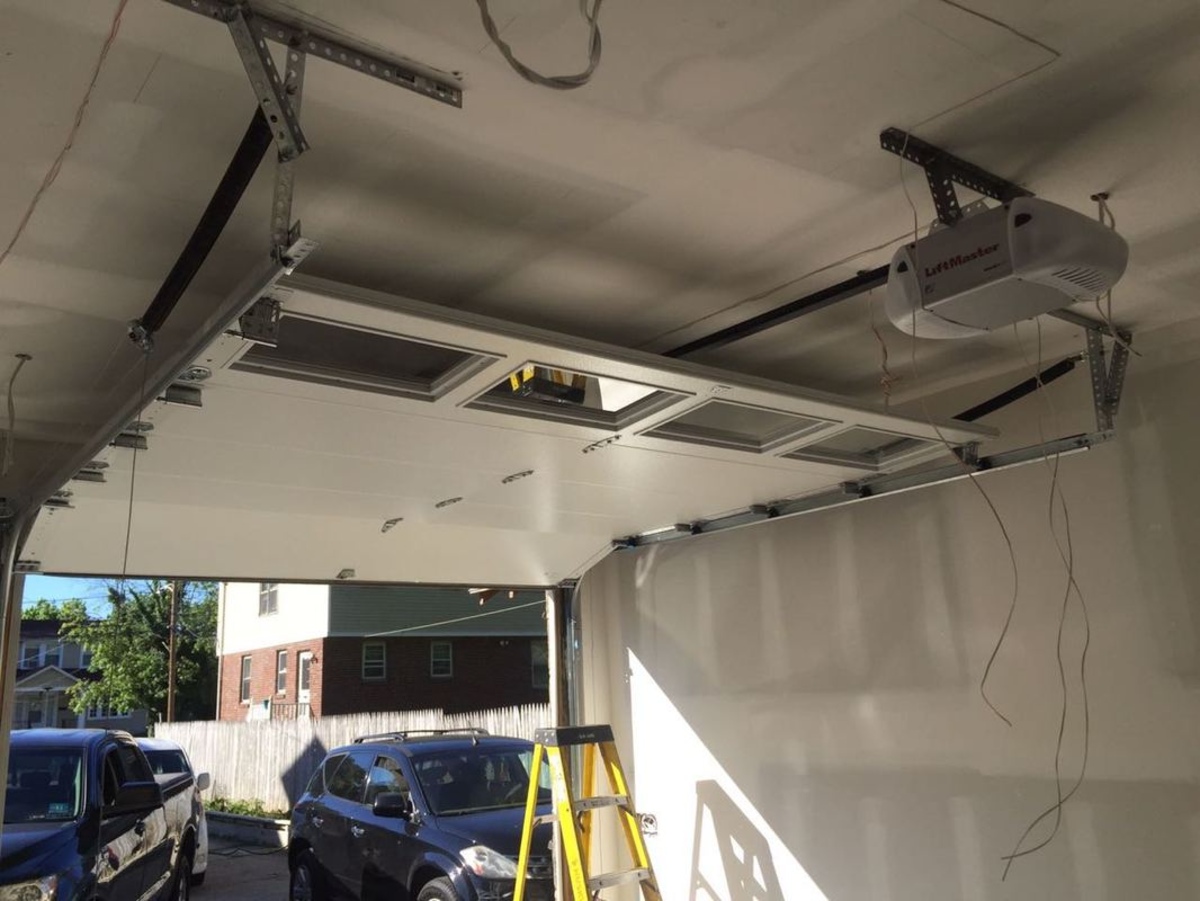
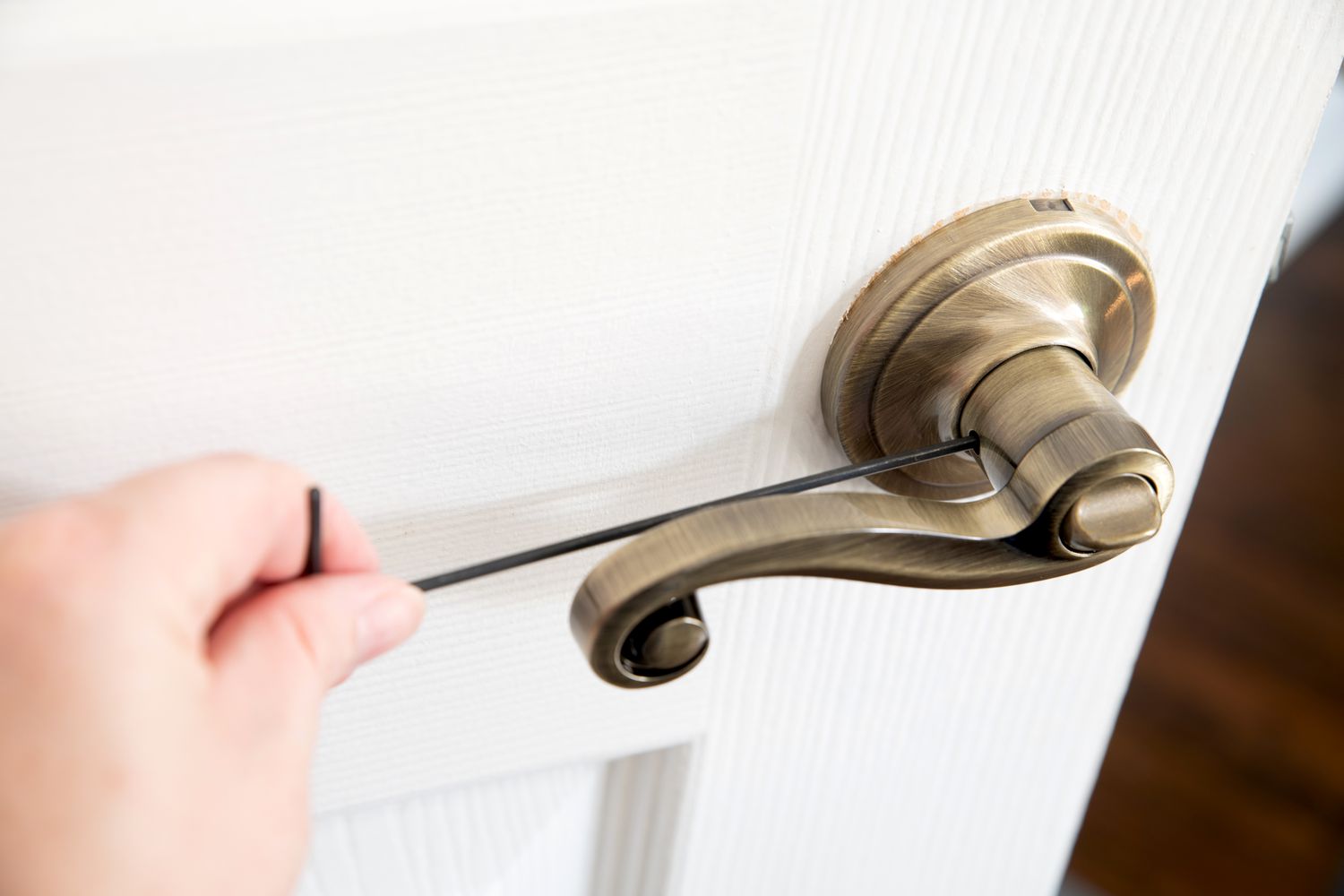
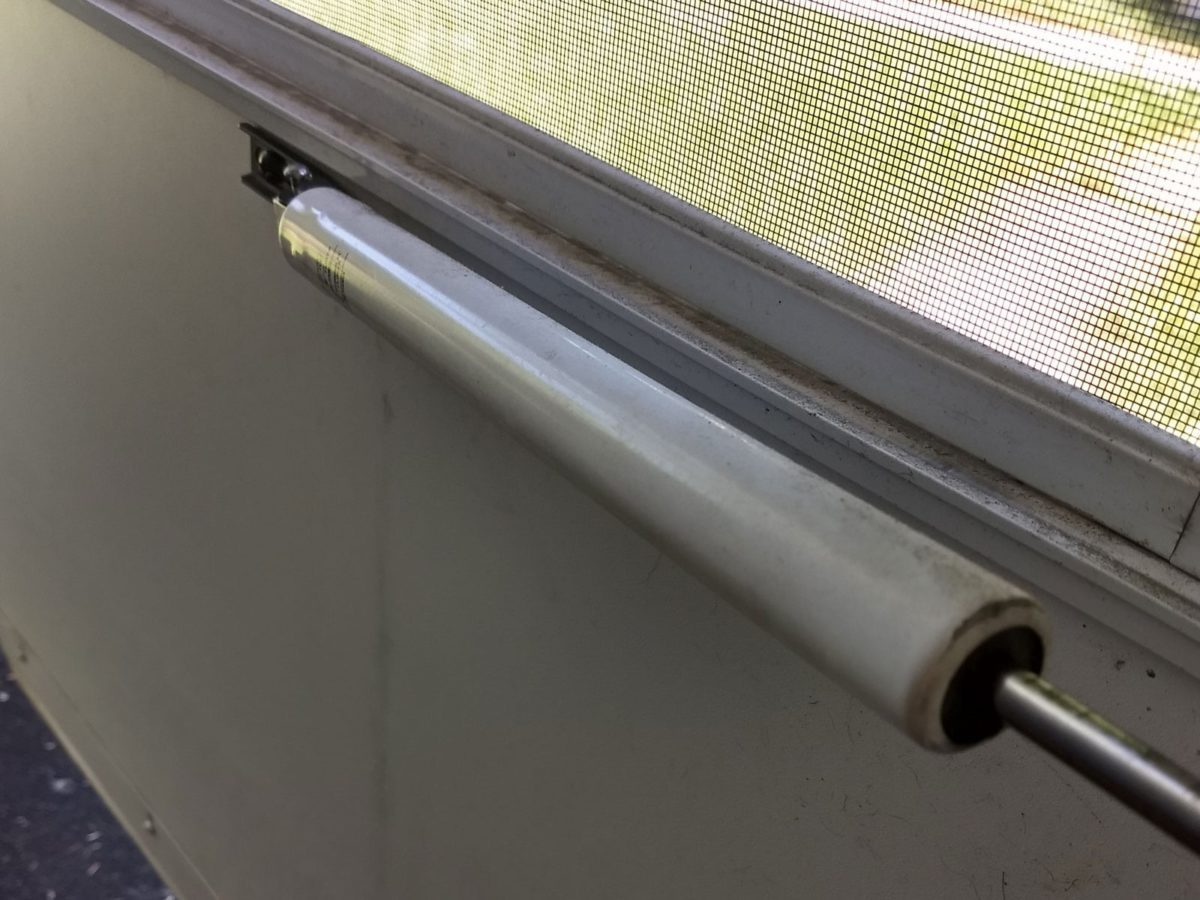

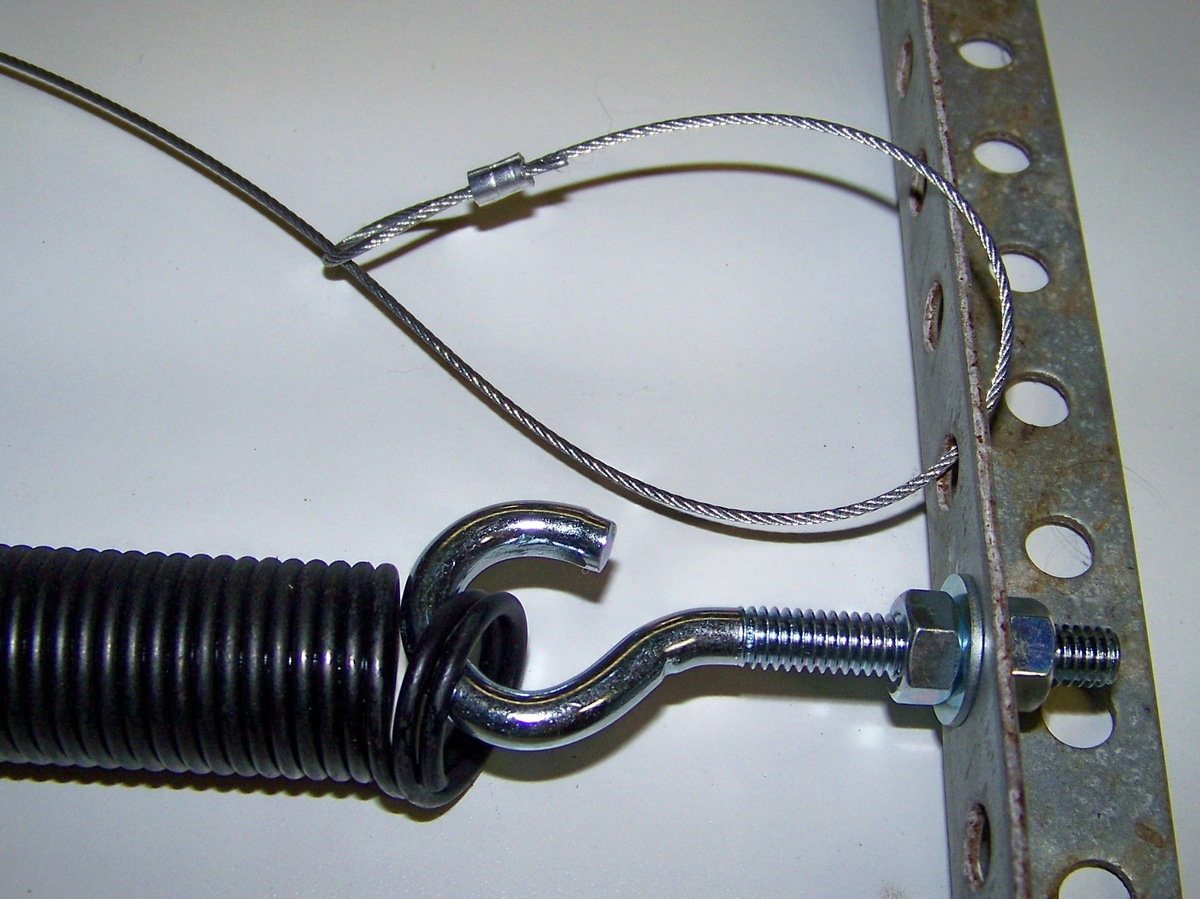
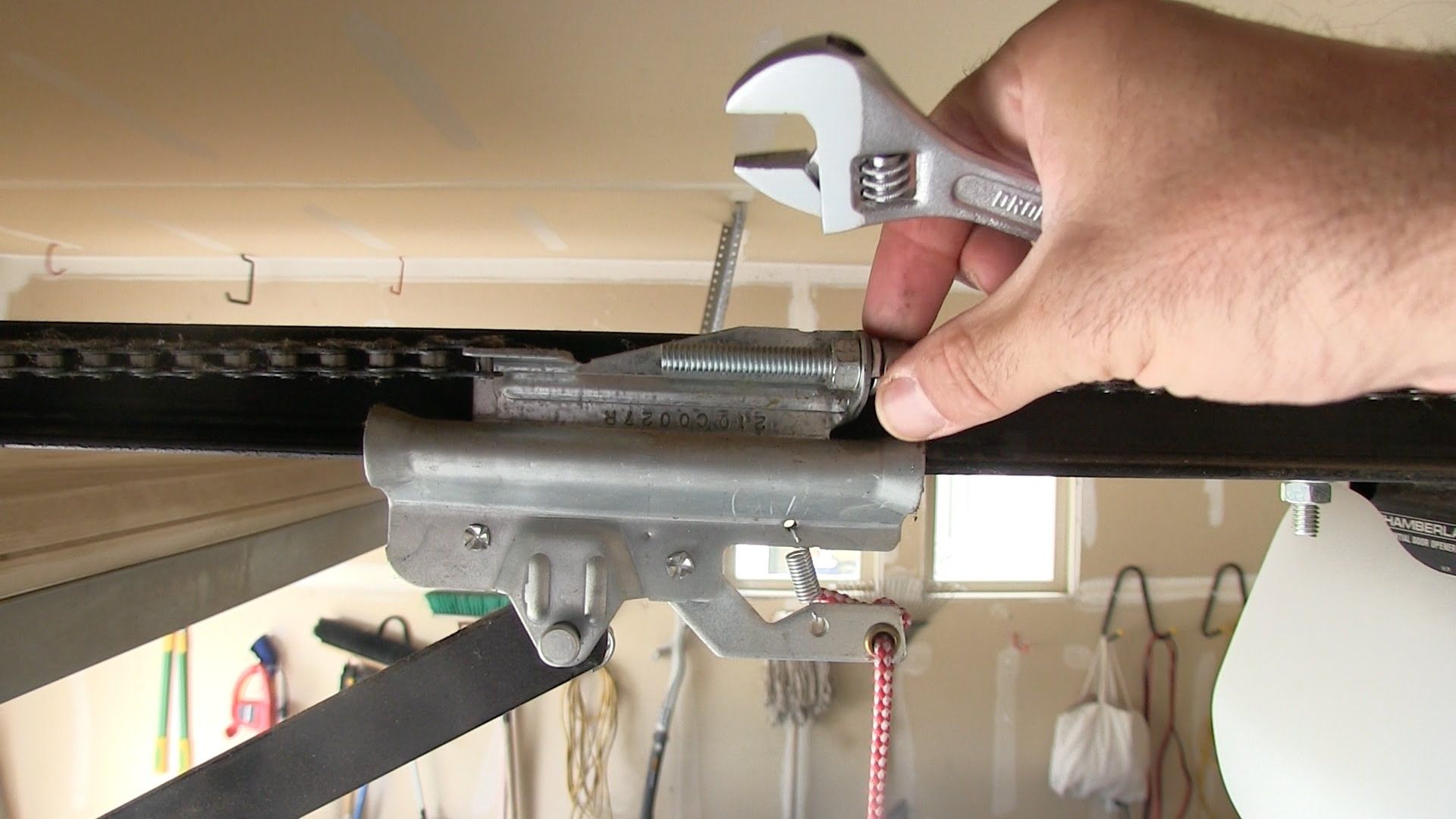
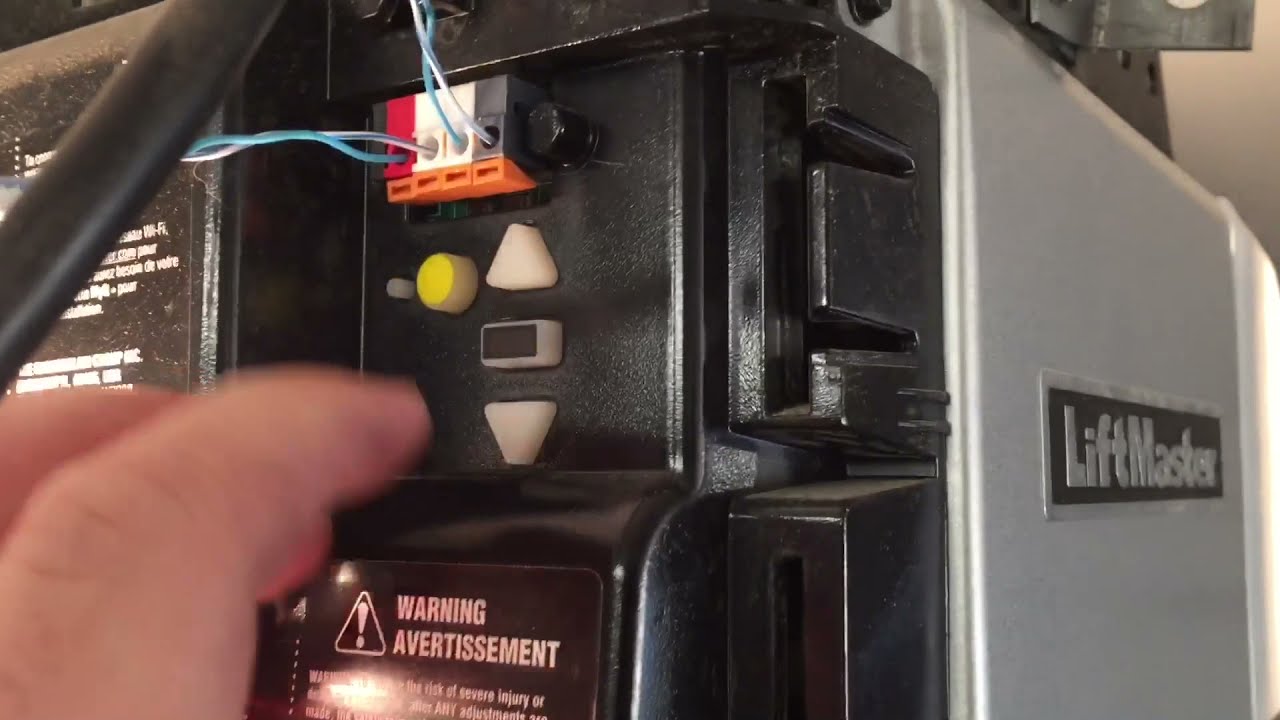
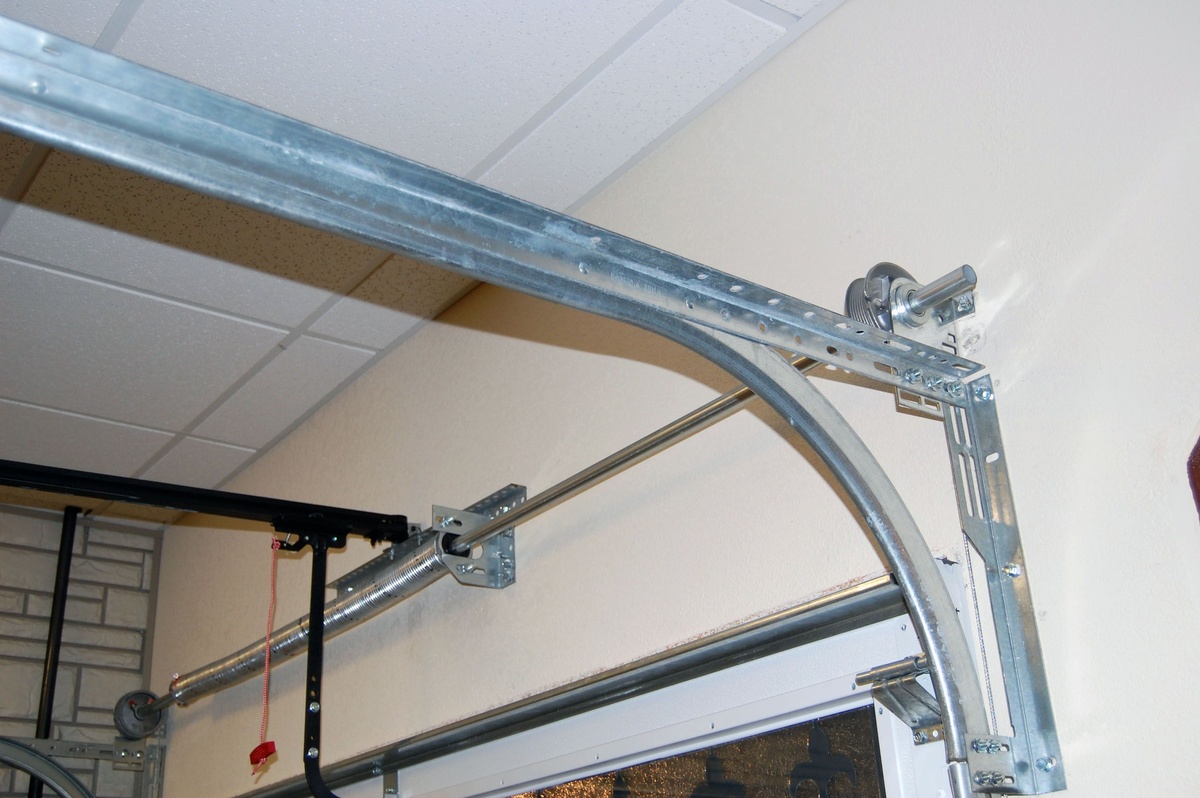
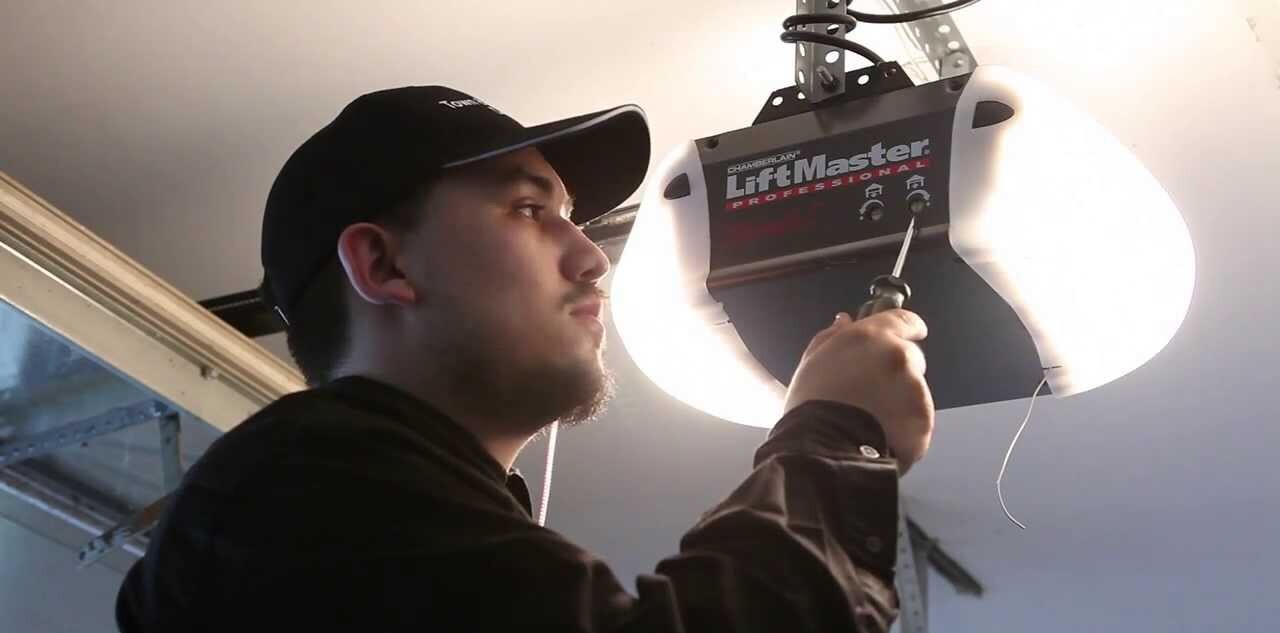
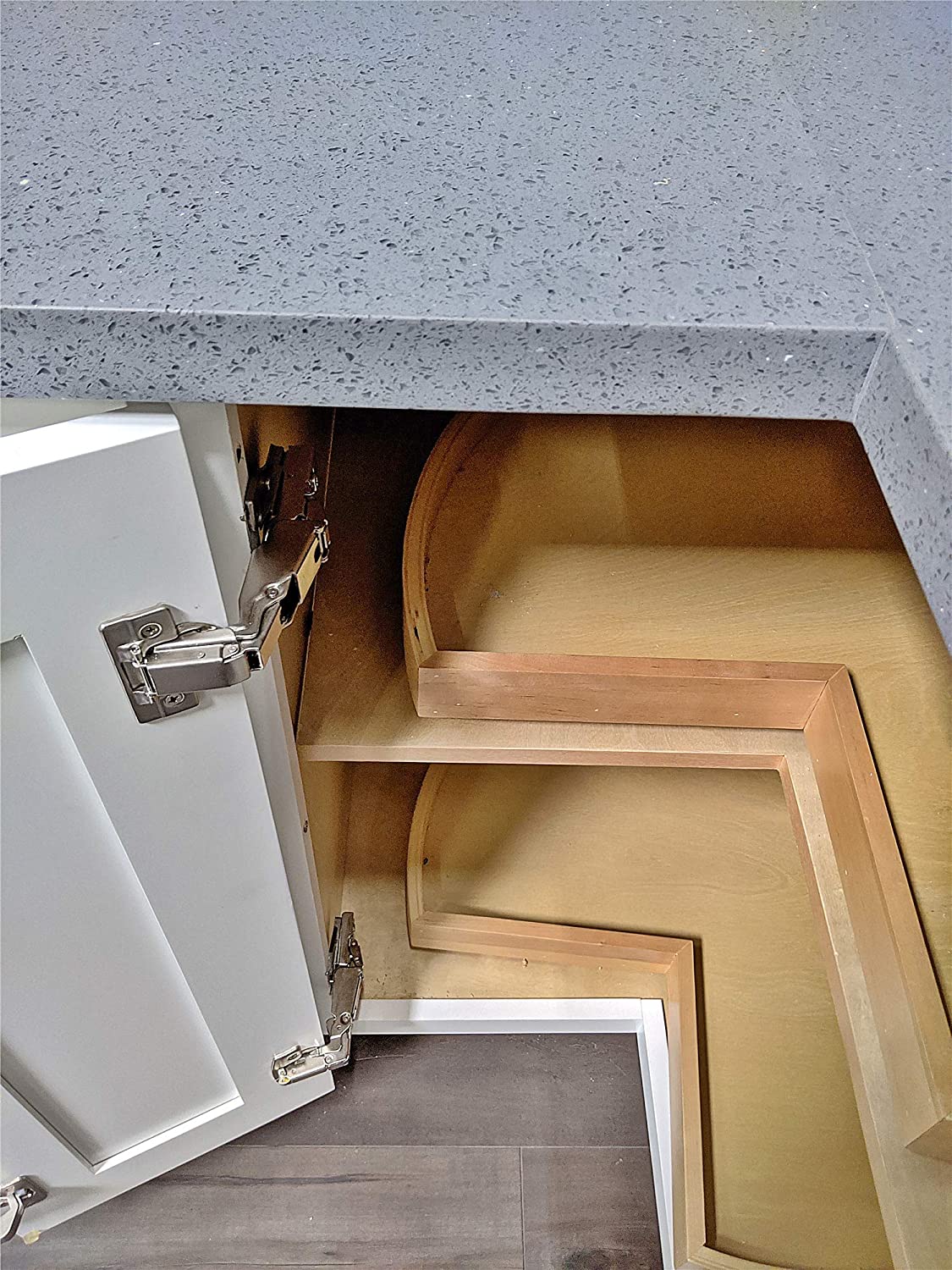
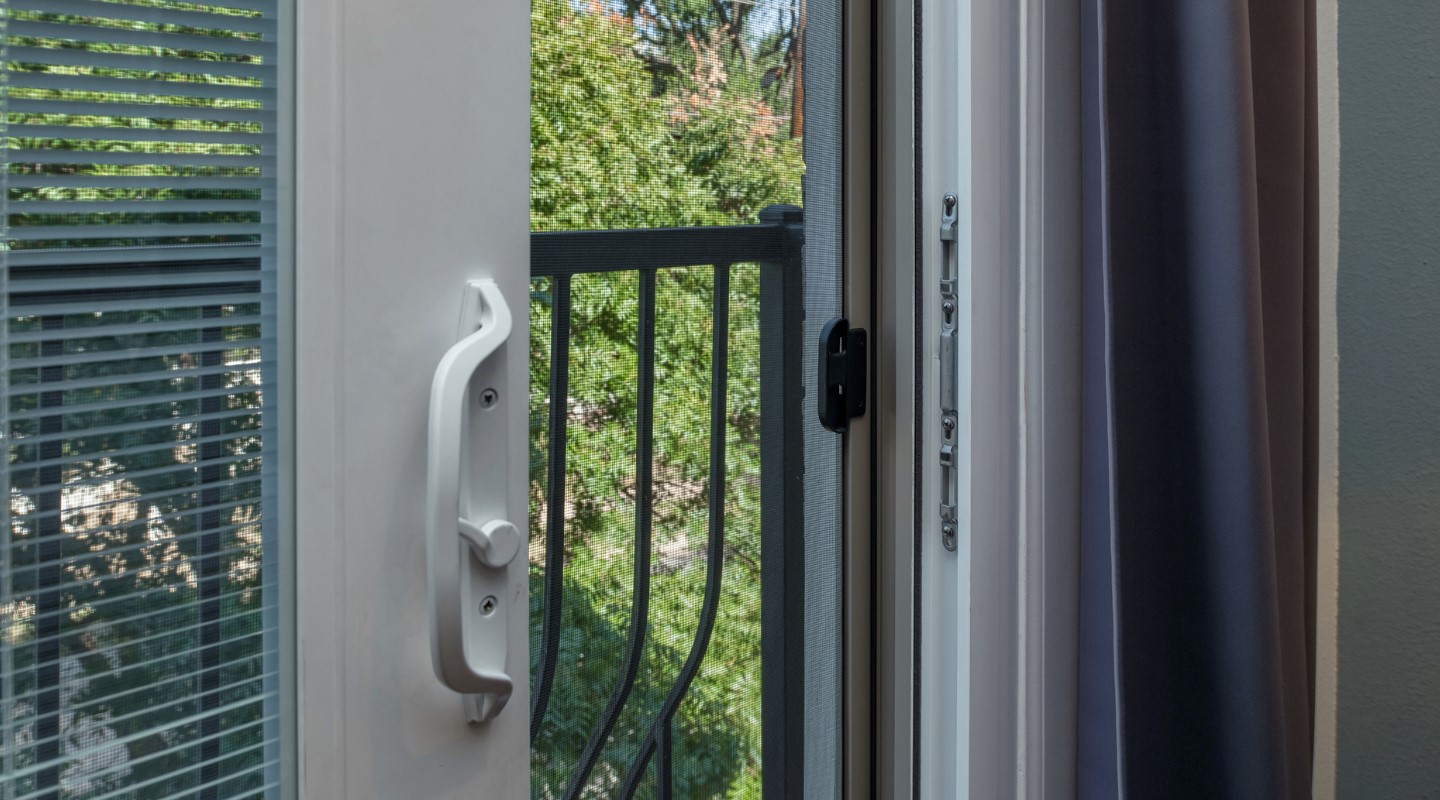

0 thoughts on “How Do I Adjust Patio Doors”